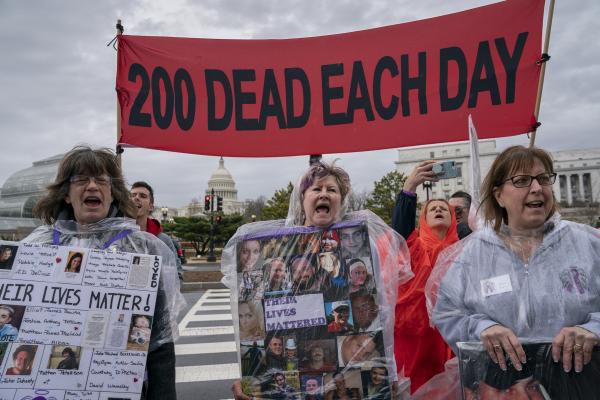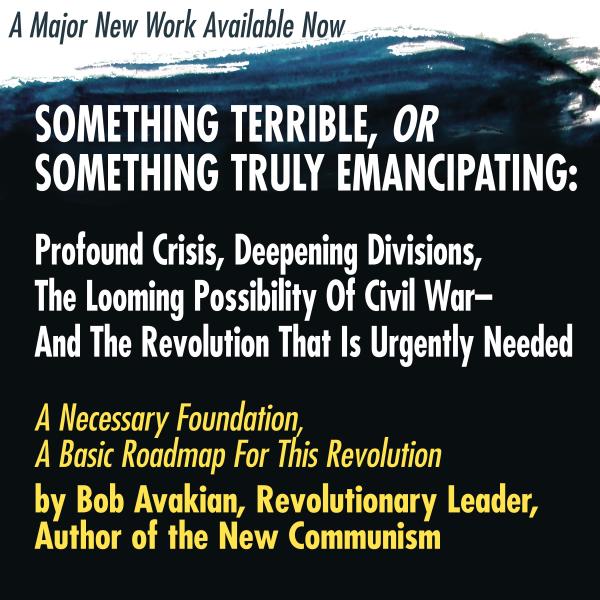She was 13 years old. She was considered a “tomboy,” a ridiculous designation for girls who liked sports and played with their brothers. She spent an afternoon practicing how to skateboard. Basic things like standing, skating, turning, and trying to drop into a steep bowl (with no prior experience). She thought to herself: This feels completely unfamiliar, but the only way to learn is to try. She ate it hard. Abrasions painted a large patch of her leg and arm deep red. She went home. She cleaned and bandaged herself. By the time her dad arrived hours later, bruising and swelling made the wounds appear much more grotesque. That night, sleeping was painful. She complained to her dad, and sympathetic to her visibly impaired condition, he gave her a Percocet.
Despite her love for sports and the way being alone was peaceful, she had been struggling with feelings of hurting herself for a long time, stemming back to trauma she’d experienced. She was too young to make sense of it and too afraid to talk about it. It tortured her for years. She’d turn that torment into a weapon to wield against herself. She didn’t know how else to deal with the intensity of bad feelings. She didn’t know it wasn’t her fault. She’d never really used drugs before. She smoked weed a few times. It made her paranoid and uncomfortable. But from the moment the Percocet began to take effect, she felt a release from her pain. She felt a lightness she hadn’t felt in so long. Forget about the physical pain. The euphoria was in the release of her guilt and shame, and the forgetting of her abuse. It was the chemicals binding to the opioid receptors, and flood of dopamine in her brain. Things went downhill quickly. And along with millions of others, she would soon be swept into chasing a fix, numbing out, and overdosing.
She survived. So many others do not. And so many still live in pain and on the precipice of death.
Take this one case. Take the million other particular ways that life in America drives people to seek relief from pain and the ways in which all the various institutions of this society have no real answer to that. Then stir in the compulsive drive for profit of the capitalist system and you have the recipe for the opioid epidemic now stalking America. Over the next few months, we intend to tell how and why it happened, and how a whole different system—a socialist system on the road to communism—could end it.
More Than Numbers—Human Lives Lost to an Inhumane System
More than 100,000 people died in the span of one year in the U.S. last year due to drug-related overdoses, overwhelmingly caused by opioids. This is equivalent to roughly 274 people dying every day. This is more than the yearly death toll caused by car accidents, HIV, and gun violence combined.
To visualize the enormity of this number, imagine Michigan Stadium packed on game day—only instead of cheering fans, in each seat lay a stiff corpse bloating with decay. Bodies and faces that look like your tía, or your nephew. People with dreams and families and potential. People whose lives had been ruined, whose families had been torn apart, people who’ve been discarded and left to die by this system.
Now, imagine this stadium filled 10 times over with the bodies of your loved ones, your neighbors, your teachers, and strangers you’d never meet. One million lives have been lost in the opioid epidemic dating from 1996. And today, more than 3 million people in the U.S. alone are struggling with opioid addiction, struggling to survive, or on the verge of death itself.
This has been recognized as a deadly epidemic, a public health crisis, but hardly treated as such by the powers that be.

Imagine this stadium filled 10 times over with the bodies of your loved ones, your neighbors, your teachers, and strangers you’d never meet. One million lives have been lost in the opioid epidemic dating from 1996. Photo: American Football Wiki
This death toll has taken a leap since the beginning of the COVID-19 pandemic, with the increased use of the highly potent opioid fentanyl, along with other factors such as isolation from support networks and resurgences of mental health issues like depression, fueling relapse and fatalities.
The people affected by drug addiction are real people worthy of compassion and care, who fell into the grips of a system that inflicts unnecessary pain and suffering. These are real people that this system casts aside, treats as failures, and literally discards as human waste. This system of capitalism-imperialism is what started and continues to fuel the ongoing opioid epidemic and this system stands in the way of ending it.
How Did the Opioid Epidemic Start?
The U.S. opioid epidemic has a star: Purdue Pharma. From the U.S. Department of Justice, October 2020: “Purdue, through greed and violation of the law, prioritized money over the health and well-being of patients...” Purdue Pharma marketed a highly addictive, class II narcotic known as OxyContin as “less addictive,” claiming that less than 1% of the people prescribed the drug became addicted. This lie hinged on the premise that the “time release system” of OxyContin discouraged abuse and prevented the euphoric feelings associated with other common opioids like morphine. There was no scientific evidence or studies backing this up; to the contrary, research demonstrated that OxyContin was comparable in efficacy and safety to other available opioids.
Purdue waged aggressive marketing campaigns and launched predatory sales techniques to get this drug in the hands of as many prescribing physicians as possible, again, with the claim that this drug was nearly harmless, a “miracle” drug. These drugs were intentionally marketed to physicians in coal mining towns whose populations worked in the mines, grueling physical labor that often resulted in chronic pain and injury. Not only was the “non-addictive” or “less-addictive” claim a complete lie, OxyContin is twice as powerful as morphine, a fact which was obscured by Purdue Pharma. This misrepresentation of risk led to a dangerous situation, with the potential for opioid overdose ramped up along with skyrocketing sales and prescriptions of the drug OxyContin driven by unprecedented funding of the narcotic’s advertising and promotion, again, based on lies, and again, for the sole purpose of maximizing profit.
Since the introduction of OxyContin to the market in 1996, millions of prescriptions have been written and filled. Of those who find themselves addicted to the medication, some seek treatment if they can get it. Many overdose—and many of those die. The delayed public recognition of the harm and havoc wreaked by OxyContin’s introduction led to the attempt to correct and control opioid dependency and overdose deaths through setting different restrictions for prescribing practices on a state-by-state basis. This then led many addicted people to seek out cheaper and more accessible highs from drugs like heroin after they could no longer access OxyContin, Vicodin, or other opioids from the pharmacy to keep high or avoid the excruciating symptoms of withdrawal. Fentanyl—a synthetic opioid 50 times more powerful than heroin, and 100 times more powerful than morphine, which many heroin users do not seek out—is increasingly used by dealers and dope manufacturers to cut product, aka: heroin, to increase potency and profits from the sale of dope. Fentanyl is responsible for an unprecedented spike in unintentional overdose deaths as of 2021.
It’s Not just Purdue, It’s the Whole Damn System
Purdue isn’t some “rogue actor” motivated by “greed” in the abstract. Although Purdue’s actions could be accurately described as maniacal, cold, calculated, blatant disregard of human life, they were playing by the rulebook of this system of capitalism, and playing it well. Winning by the standards of a system that pits blocs of capital and capitalists competing against each other to expand or go under, and pits masses of people against one another, competing to survive. This is a system that compels this kind of blatant disregard for human life. Purdue is an exceptional example of this, but they are not alone. Recently, other drug manufacturers like Teva Pharmaceuticals have been on trial in civil proceedings for their role in the production, sale and distribution of opioids. Overall, most companies have taken deals to settle out of court.
In 2020, Purdue Pharma agreed to plead guilty to criminal charges related to its marketing of the addictive painkiller, and faces penalties of roughly $8.3 billion. But this was after years of attempts to bring to light the damage Purdue had done and continued to do. Concerns had been raised over the fraudulent claims made by the company about the “miracle drug,” and local governments had filed lawsuits as early as 1997 (County of Suffolk vs. Purdue Pharma). Still, the U.S. Food and Drug Administration (FDA) collaborated, looked the other way, or in many cases, people formerly employed by the FDA came to work for Purdue. Why and how the institutions of the U.S. government finally involved themselves in attempting to stop Purdue and others, after years of indifference and in some cases active complicity, will be the topic of a future article.
This system of capitalism paved the way for this epidemic. The workings of this system create a market for drugs, literally. Well before the “opioid epidemic,” institutions of the U.S. government were, at minimum, complicit in the introduction and flood of crack cocaine (and subsequent “war on drugs”) into Black and Latino neighborhoods, first as a tactic of counterinsurgency against the Black liberation movement and the overall revolutionary youth movement in the late 1960s, and then in the 1980s as a means to fund the brutal Contras in Nicaragua. Moreover, this system forces people into conditions such that the daily grind of life and the antagonistic relations between one another create a desire to escape. All of this rests upon an economic system which requires capitalists to compete or go under, expand or die. Profit in command, human life the last concern.

